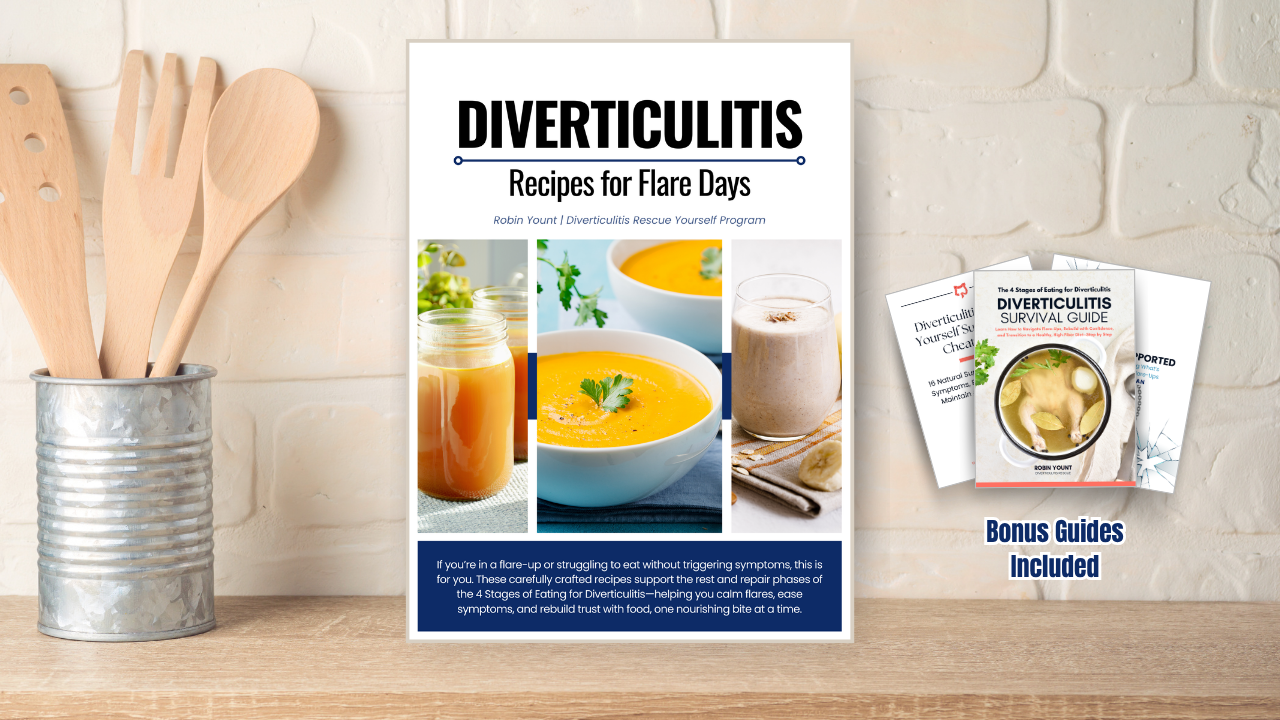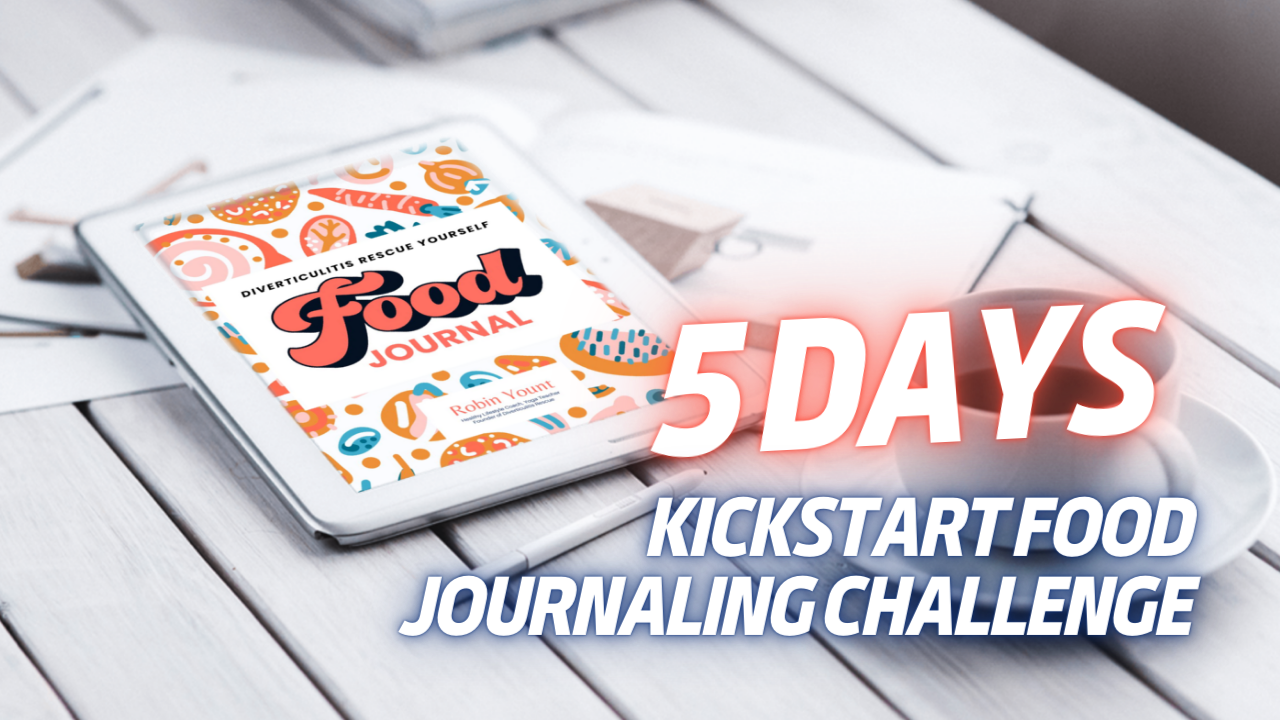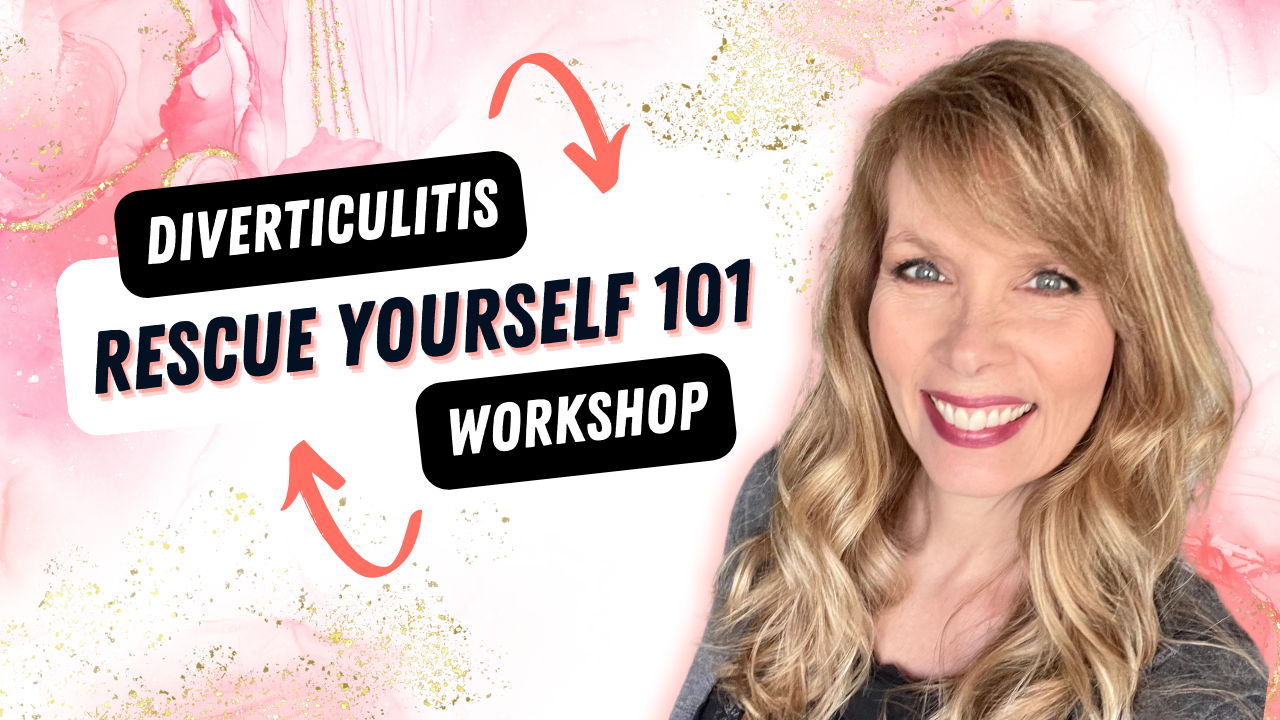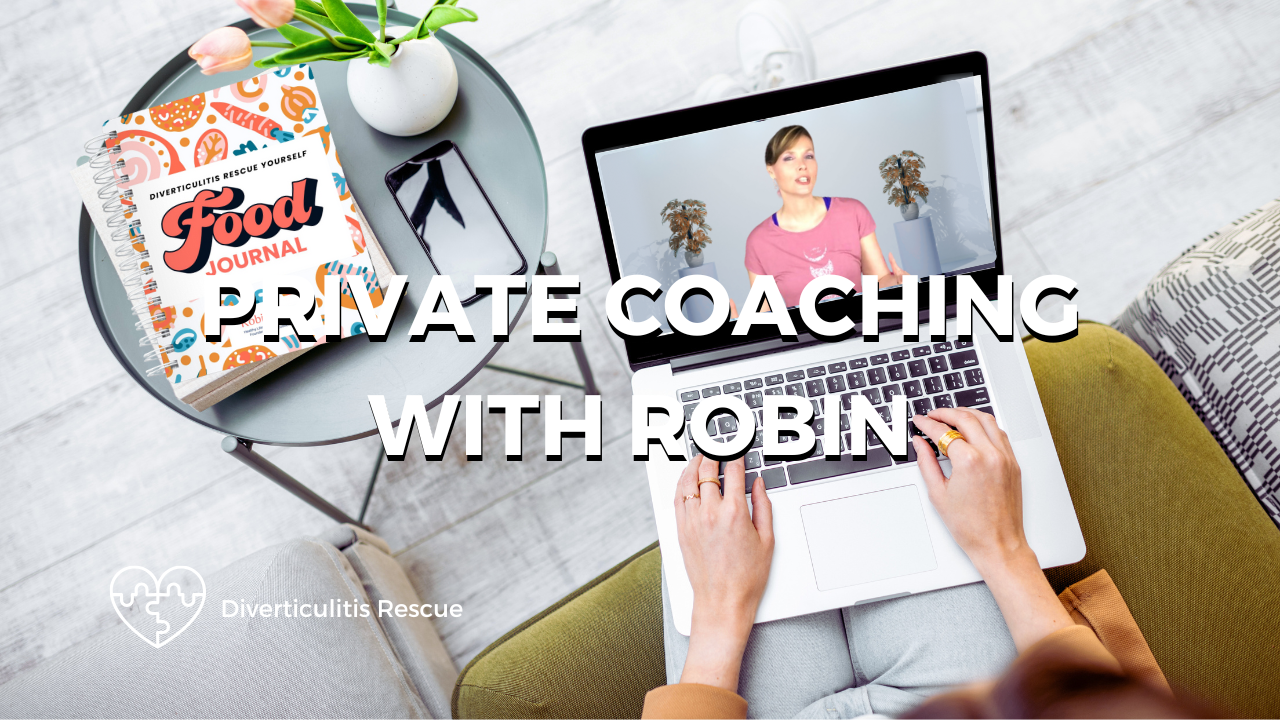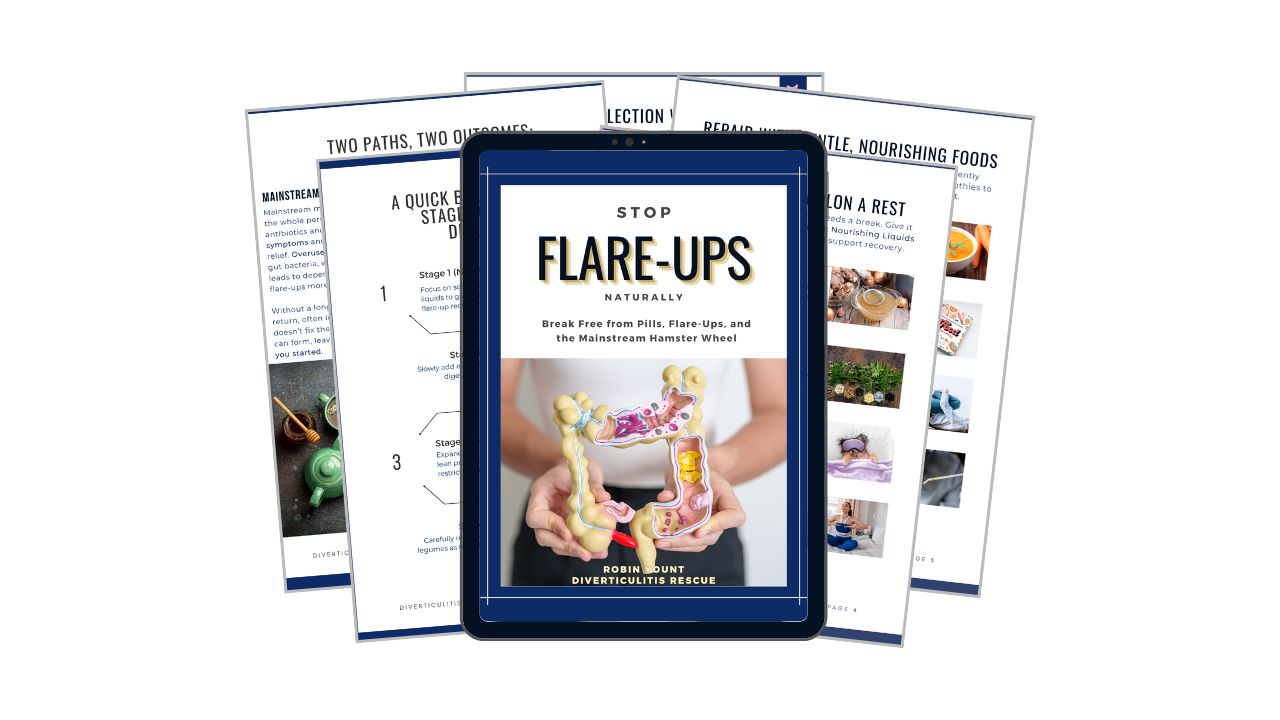From Farm to Gut: How Parsnips Promote Digestive Wellness
Nov 01, 2023
Welcome to the world of diverticulitis, gut health and natural healing! In this article, we invite you to embark on a journey towards optimal digestive wellness, where we'll explore the remarkable healing potential of a humble yet powerful vegetable: parsnips. Picture yourself strolling through your local farmer's market, the air filled with the earthy aroma of freshly harvested produce. Vibrant conversations fill the air as people gather around colorful stands, carefully selecting their bountiful treasures. As you make your way past the bustling stands, your eyes are drawn to a bunch of creamy-white parsnips, their carrot-shaped form and tender texture inviting you to explore their unique qualities.
Imagine holding these root vegetables in your hands, feeling their weight and appreciating their simplicity. Little do you know that within these unassuming parsnips lies a treasure trove of nutrients and healing properties, specifically tailored to support your gut health. As you delve deeper into this article, you'll uncover the fascinating ways in which parsnips can nourish and restore your digestive system, providing relief and promoting overall well-being.
But we won't stop there. We understand that practical guidance is essential when it comes to implementing dietary changes for specific gut conditions. That's why we're excited to share with you an easy-to-digest recipe that not only showcases the gut-friendly qualities of parsnips but also aligns with the 4 Stages of Eating for Diverticulitis.
Throughout this article, we'll guide you through each stage, providing examples and insights to help you navigate your way towards a healthier gut. From gentle purees to soft cooked dishes, we'll show you how to incorporate parsnips into your meals, ensuring they become a delicious and supportive addition to your gut-healing journey and diverticulitis management.
So, whether you're seeking to alleviate digestive discomfort, manage gut-related issues, or simply enhance your overall health, join us as we unlock the potential of parsnips and learn how they can become your gut's best friend. Get ready to embrace the power of nature's healing gift, explore the 4 Stages of Eating for Diverticulitis, and discover a nourishing recipe that will delight your taste buds while supporting your gut health. Let's dive in!
Understanding Diverticulitis: A Common Gut Condition The Holistic Approach to Diverticulitis Management
Our gut plays a crucial role in our overall well-being, acting as a gateway to good health. It is home to trillions of bacteria, collectively known as the gut microbiota, which play a vital role in digestion, nutrient absorption, immune function, and even mental health. When our gut is in balance, we experience optimal health and vitality. However, factors such as poor diet, stress, medications, and environmental toxins can disrupt this delicate balance, leading to digestive issues and compromised well-being.
One such condition that can arise from an imbalanced gut is diverticulitis. Diverticulitis occurs when small pouches, called diverticula, form in the lining of the colon and become inflamed or infected. This condition can cause symptoms like abdominal pain, bloating, constipation, and diarrhea, significantly impacting one's quality of life. While medical intervention is often sought out, adopting a holistic and natural approach to managing diverticulitis can provide additional support and promote long-term gut health.
At Diverticulitis Rescue, we believe in harnessing the power of nature to support gut healing and overall well-being. Our approach focuses on nourishing the body with wholesome, nutrient-dense foods that promote gut health, while also addressing the underlying causes of digestive issues. By incorporating whole foods, such as parsnips, into our diet, we can provide our bodies with the tools they need to heal and thrive. Parsnips, with their unique nutritional profile, are a fantastic addition to a diverticulitis-friendly diet.
The Healing Power of Parsnips: A Natural Approach to Gut Health and Diverticulitis
Parsnips are not only delicious but also a nutritional powerhouse, making them an excellent choice for supporting gut health and managing diverticulitis. These root vegetables are rich in fiber, vitamins, and minerals that play a crucial role in maintaining a healthy digestive system. The high fiber content in parsnips aids in regular bowel movements, preventing constipation and reducing the risk of diverticulitis flare-ups. By promoting regularity, parsnips help keep the colon clear and reduce the pressure on the diverticula, the pouches that can become inflamed and infected in diverticulitis.
In addition to their fiber content, parsnips contain natural compounds that possess soothing and anti-inflammatory properties. Two such compounds, falcarinol and falcarindiol, have been found in parsnips and have shown promising anti-inflammatory effects. These compounds can help calm the inflamed pouches in the colon, providing relief from diverticulitis symptoms. By reducing inflammation, parsnips contribute to the overall healing process and support the management of diverticulitis.
If you're familiar with the low FODMAP diet, you may be wondering if parsnips are suitable for those following this temporary dietary approach.. FODMAPs are a group of carbohydrates that can be difficult to digest for some individuals, leading to digestive symptoms such as bloating and gas. The good news is that parsnips are considered low FODMAP, making them a suitable choice for individuals with sensitive digestive systems or those incorporating a low FODMAP diet into the 4 Stages of Eating for Diverticulitis. This means that parsnips are generally well-tolerated and can be enjoyed without exacerbating digestive issues.
By including parsnips in your meals, you can harness their nutritional benefits and support your gut's healing and overall well-being. Whether you enjoy them roasted, pureed, or incorporated into soups and stews, parsnips offer a versatile and nourishing addition to your diet. So, why not give them a try and experience the natural healing power of parsnips for yourself?
Optimizing Digestive Wellness with Parsnips: Scientific Discoveries and Personal Journeys
- A study published in the Journal of Food Science revealed that parsnips are a rich source of dietary fiber, which has been linked to promoting regular bowel movements and relieving constipation.
- The University of Maryland Medical Center conducted research indicating that the antioxidants found in parsnips have the potential to reduce inflammation in the gut, contributing to improved digestive health.
- Parsnips are a good source of fiber, providing 5 grams per 1 cup cooked. Fiber is beneficial for gut health as it promotes regularity, helps maintain a healthy microbiome, and supports overall digestive health. The fiber in parsnips is both soluble and insoluble, providing a variety of gut benefits.
- Parsnips contain prebiotic fibers that help feed the good bacteria in the gut. The fibers inulin, pectin, and cellulose in parsnips act as prebiotics by providing fuel for probiotic bacteria strains like bifidobacteria and lactobacilli. This helps support a balanced microbiome.
- The high potassium content in parsnips can help regulate fluid balance and support overall gut function. Potassium helps maintain electrolyte gradients in the body needed for nerve signaling, muscle contraction, and pH balance.
Try These Parsnip Tips for a Healthier Digestive System
Incorporating parsnips into your diet can be a beneficial step towards a healthier gut, especially for individuals in the earlier stages of eating for diverticulitis. Start by adding pureed, mashed, or well-cooked parsnip dishes to your meals. Their slightly sweet and nutty flavor pairs well with other root vegetables like carrots and potatoes. Ensure that the parsnips are cooked thoroughly, whether by roasting or steaming, until they are tender. This cooking process helps break down the fiber and makes them easier to digest, reducing the likelihood of discomfort. As you progress through the stages, you can gradually incorporate less processed parsnip recipes to support your digestive health.
Let’s take a closer look at how you can incorporate parsnips into each of the 4 Stages of Eating for Diverticulitis:
Stage 1: Juicing Parsnips
Yes, parsnips can be juiced! Juicing can be a great way to incorporate parsnips into your diet, especially during the earlier stages of eating for diverticulitis. Juicing allows you to extract the nutrients from parsnips in a concentrated form, making them easier to digest and absorb. Juicing can be particularly beneficial in the initial stages when the focus is on consuming easily digestible foods. Juicing provides a gentle start as it removes the fiber from the parsnips, making it easier on the digestive system. This can help reduce the strain on the gut and allow it to heal more effectively. To juice parsnips, you'll need a juicer. Simply wash and peel the parsnips, removing any tough or woody parts. Cut them into smaller pieces that will fit into your juicer's chute. Feed the parsnip pieces through the juicer and collect the juice in a container. You can drink the parsnip juice as is or mix it with other juices or ingredients like carrots, ginger or celery. When juicing for diverticulitis, it's important to start with small amounts and gradually increase as tolerated. Listen to your body, journal and adjust accordingly.
Stage 2: Parsnip Purees and Mashes
During Stage 2 of eating for diverticulitis, it's time to transition from liquids to easy-to-digest soft foods. Purees and mashes are excellent options as they provide nourishment while being gentle on the gut and digestion. Parsnips, in particular, are a fantastic choice for this stage. Parsnips can be prepared as a creamy and gut-friendly puree or mash, allowing for a smooth transition to the next stage of eating. To create a parsnip puree, simply cook peeled and chopped parsnips until tender. Then, blend them with a small amount of liquid such as bone broth until you achieve a smooth consistency. You can season the puree with herbs and spices like thyme or ginger for added flavor. If you prefer a mashed texture, cook the parsnips until soft and then mash them with a fork or potato masher. You can add a touch of olive oil or ghee for extra creaminess, and season with salt and pepper to taste. Both parsnip purees and mashes provide easily digestible nutrients, while the mild flavor of parsnips makes them suitable for sensitive digestive systems.
Stage 3: Roasted Parsnip Fries
In Stage 3 of eating for diverticulitis, we begin to introduce cooked, roasted, and sautéed foods, allowing for a wider variety of flavors and textures. It's important to follow the stages successively to give your gut time to heal and optimize your microbiome for handling harder-to-digest foods. Roasting parsnips is a wonderful way to continue incorporating this gut-friendly vegetable into your diet during Stage 3. Roasting helps break down the parsnips, making them easier to digest while still retaining their natural goodness. The high heat of the oven caramelizes the natural sugars in parsnips, resulting in a deliciously sweet and savory flavor. One recipe that fits perfectly into this stage is our Roasted Parsnip Fries. (See recipe below) These fries are a healthier alternative to traditional potato fries and provide a satisfying crunch. By following the stages in order, and gradually introducing cooked, roasted, and sautéed foods, you allow your gut to heal and your microbiome to thrive. This holistic approach to eating for diverticulitis promotes overall gut health and supports your body's natural healing processes. Enjoy the delicious flavors and nourishing benefits of roasted parsnips as you continue your journey towards optimal gut health!
Stage 4: Uncooked Parsnips
In Stage 4, your gut should be in tip-top shape, ready to embrace the next step of your healing journey. As you incorporate raw or uncooked foods and recipes rich in insoluble fiber, such as parsnips, it's important to remember that achieving and maintaining optimal gut health is an ongoing process. To create the perfect balance for your gut health, it's essential to flow between all the stages we've discussed so far. Each stage serves a specific purpose in nourishing and supporting your digestive system. By transitioning between stages, you can provide your gut with a variety of nutrients, textures, and flavors, ensuring a well-rounded approach to gut health. While Stage 4 allows for the inclusion of raw or uncooked foods, it's still important to maintain awareness of your portions and take a gradual approach. This mindful approach, along with flowing between stages, allows you to listen to your body's needs and make adjustments as necessary.
When it comes to parsnips, incorporating them into raw or uncooked recipes can be a delightful way to enjoy their natural crunch and flavor. One option is to include grated or shredded parsnips in a refreshing salad. Simply peel and grate the parsnips, and then toss them with your favorite salad greens, vegetables, and a light dressing. This adds a unique and nutritious element to your salad, while providing the benefits of insoluble fiber. Another idea is to create parsnip "noodles" using a spiralizer or a vegetable peeler. These can be enjoyed raw or lightly sautéed for a softer texture. You can then use these parsnip noodles as a base for a raw or lightly cooked stir-fry, incorporating other gut-friendly ingredients like lean protein and vegetables.
Remember, achieving optimal gut health is a journey, and it's normal to have fluctuations in your dietary needs. By flowing between stages and paying attention to your body's signals, you can create a personalized and balanced approach to nourishing your gut. Continue to prioritize gut-friendly ingredients, such as parsnips, while incorporating a variety of foods from different stages. This way, you can provide your gut with the diverse range of nutrients it needs for optimal health and function. Keep up the great work on your journey towards a healthier gut, and remember that we are here to support you every step of the way!
Instructions:
- Preheat your oven to 425°F (220°C).
- In a bowl, toss the parsnip fries with olive oil, salt, and pepper until well coated.
- Spread the fries in a single layer on a baking sheet.
- Roast in the preheated oven for 25-30 minutes, or until golden brown and crispy.
- Serve as a side dish or snack, and enjoy the gut-healing benefits of parsnips.
Conclusion
Incorporating parsnips into your diverticulitis-friendly diet can provide numerous benefits for your gut health. Their fiber content promotes regular bowel movements, while their anti-inflammatory properties help soothe the inflamed pouches in the colon. By embracing a holistic and natural approach to managing diverticulitis, you can support your digestive system and improve your overall well-being.
The beauty of incorporating parsnips into your diet is that they can be enjoyed no matter what stage you are in the 4 Stages of Eating for Diverticulitis. Whether you're in Stage 1, focusing on a low-fiber diet, or in Stage 4, gradually introducing raw or uncooked foods, parsnips can be a versatile and gut-friendly addition to your meals. From pureed parsnip soup to roasted parsnip fries, there are endless delicious ways to incorporate this nutritious root vegetable into your diverticulitis-friendly recipes.
Additionally, being open to trying new foods can have a positive impact on the microbiota of your gut. Increasing the diversity of plants in your diet can help improve the balance of good gut bacteria, supporting optimal gut health. So, don't be afraid to explore different fruits and vegetables as you navigate the 4 Stages of Eating for Diverticulitis.
If you're curious about the 4 Stages of Eating for Diverticulitis and want to discover more ways to manage symptoms, flare-ups, and maintain a healthy gut naturally and holistically, we invite you to click here. Take charge of your gut health and live a vibrant, symptom-free life.
Remember, your journey towards optimal gut health is unique to you, and we are here to provide support and guidance along the way. Together, we can navigate the stages of eating for diverticulitis and help you achieve a healthier and happier gut!
Stay Connected with My Newsletter
YOUR SOURCE FOR DIVERTICULITIS SUPPORT & INSPIRATION
Dive into our newsletter. Each edition delivers personal stories, natural strategies, and practical tips to help you find balance, relief, and strength on your journey.
Sign up with your email to stay connected and gain exclusive diverticulitis insights to support your gut health and a flare-free life.
We hate SPAM. We will never sell your information, for any reason.






